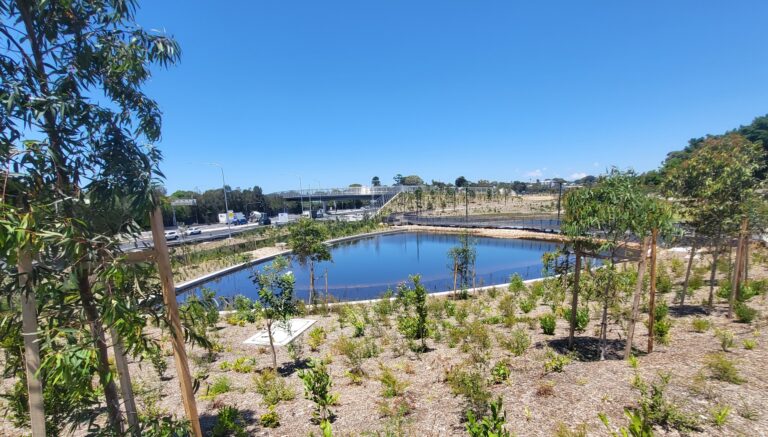
King tides for Bondi
Whatever the budgie-smuggler and his fellow sceptics in ‘Cockies Corner’ might think about man-made global warming, the latest research results from around the world are creating a growing awareness of the inevitable reality of the climate-change event.
The Greenland and Antarctic caps are melting at an accelerating rate and scientists now say sea levels could rise a metre or more by 2100, unless climate change can be slowed or stopped. This will be an enormous tragedy for countries like Bangladesh and the coral islands of the Pacific where millions will lose their homes and livelihood, and possibly their lives. The results will make our current refugee problems pale into insignificance. There has been a dramatic upward revision of the 2007 Intergovernmental Panel on Climate Change prediction that sea levels might rise by between 18cm and 59cm by 2100.
In Australia the CSIRO recently released a report predicting Sydney’s maximum temperatures in summer could increase by as much as seven degrees by 2070. The report found that the number of bushfires could double, rainfall could drop to half its current rate, and residents will need to reduce water consumption by half within the next 20 years for the city to remain sustainable. The scientists say that with the atmosphere and the sea warming, the incidence of extreme storms will double, which combined with rising sea levels “will have a catastrophic effect on all coastal areas for the rest of this century”.
Take Bondi for example. According to Professor Peter Cowell of the Sydney University Institute of Marine Sciences, Bondi Beach could be gone well before 2100 as a result of climate change. According to the university’s research, the combined effects of sea level rise, sand migration and storm erosion would undermine the seawall – if this occurred, erosion could extend up to 70 metres inland from the promenade, with the attendant threats to property and safety.
The problem is not that higher sea levels will overflow the seawall (although that will happen in severe storms), but that changes far offshore where the water is 50 metres deep mean that sand and mud are scoured from the beach and washed out into deeper water because the seabed tends to rise with the sea level. According to Professor Cowell, the beach acts as a barrier to storm erosion but once it is gone, the full force of storms would make short work of the seawall and begin a rapid process of erosion.
Waverley Council’s Environmental Action Plan, released in October, makes one small reference to the subject but is short on detail: “…our residents demand government action to safeguard our environmental future. Stabilising emissions to maintain an acceptable global climate, ensuring Waverley is able to cope with sea level rise and other climate change impacts … are high priorities for the Waverley community.”
Now all they have to do is transform that into a document that details the planning and costing for the massive engineering project of “coping with sea level rise” for the next four generations and beyond. It sounds like it’s time they started: it’s going to be a hard job.
– BY JEREMY BROWN









